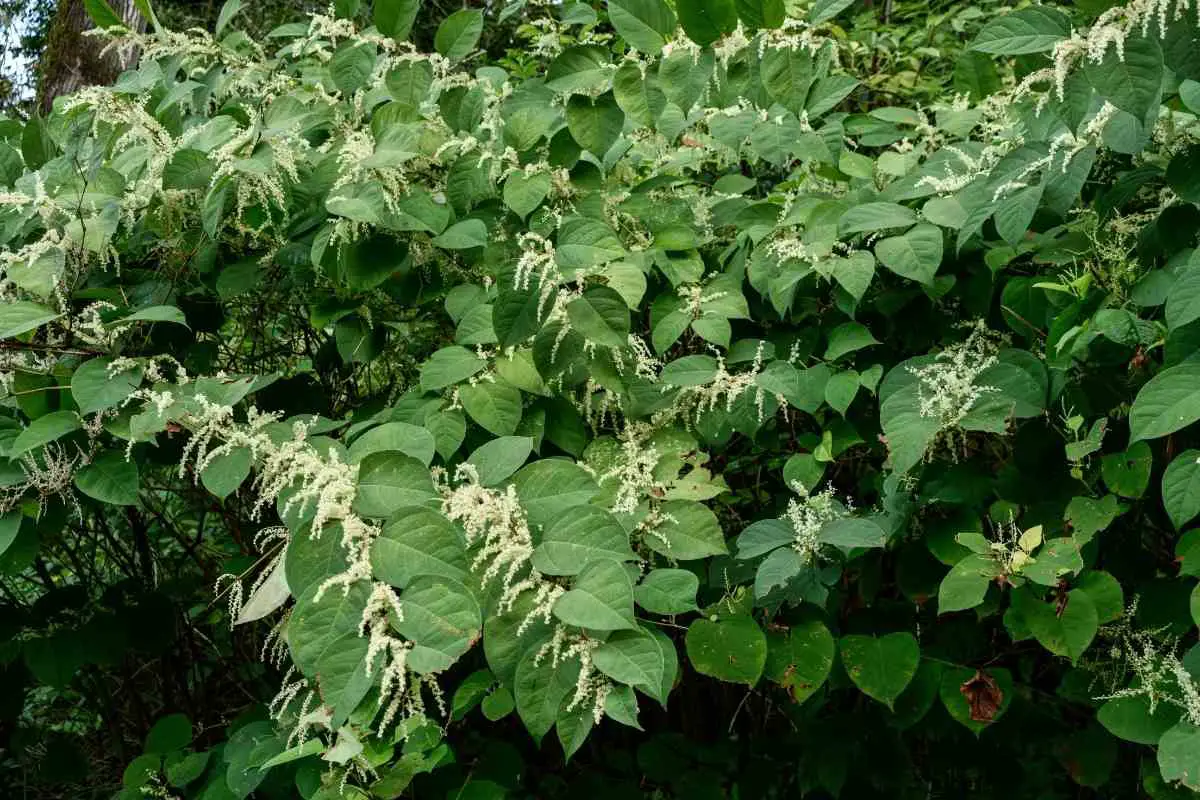If you’ve heard about its aggressive nature, you may be curious about the Japanese Knotweed concrete-breaking ability. Can it grow through concrete?
No. The Japanese knotweed may be a strong plant, but it’s not capable of breaking through your concrete walls or slabs.
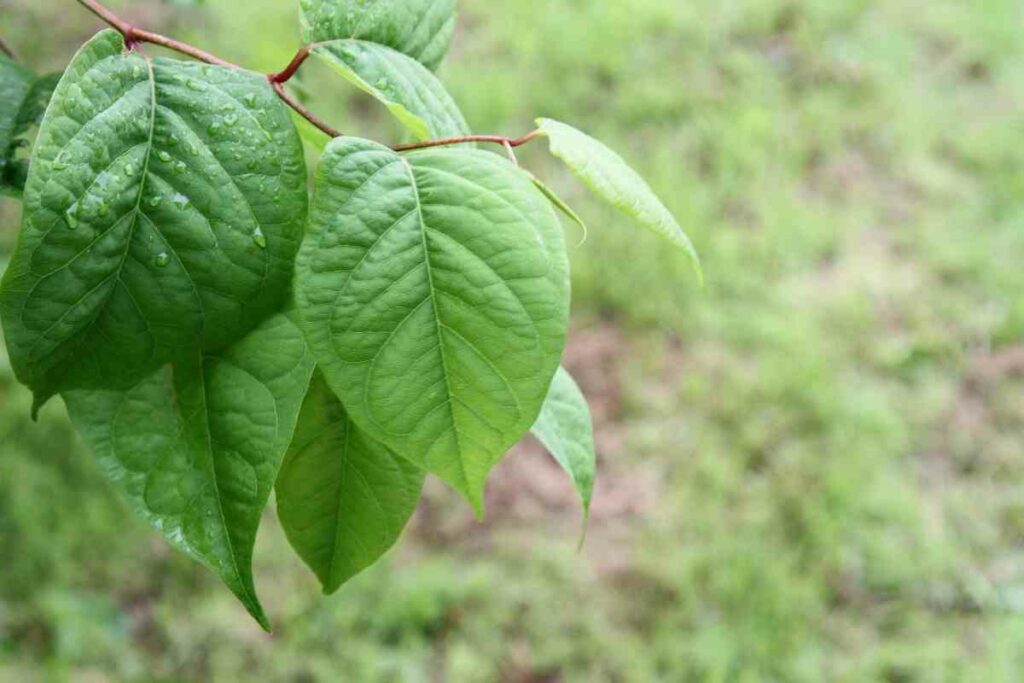
However, if your concrete structure has cracks or gaps, this opportunistic plant will take advantage of them and force its way through them.
This behavior is influenced by its need to get water and sunlight for proper growth.
The weed uses the fissures as an avenue to access more of the two components.
Can Japanese Knotweed Damage Foundations?
It depends on the state of your building’s foundation.
If your property has a solid foundation, it is doubtful that the weed could cause any damage to it.
On the Other Hand – If your foundation has weak areas, the weed may exploit these weaknesses and gradually penetrate them.
Does Japanese knotweed grow in walls?
Yes, this notorious weed grows in concrete or brick walls if it finds a weak spot to penetrate.
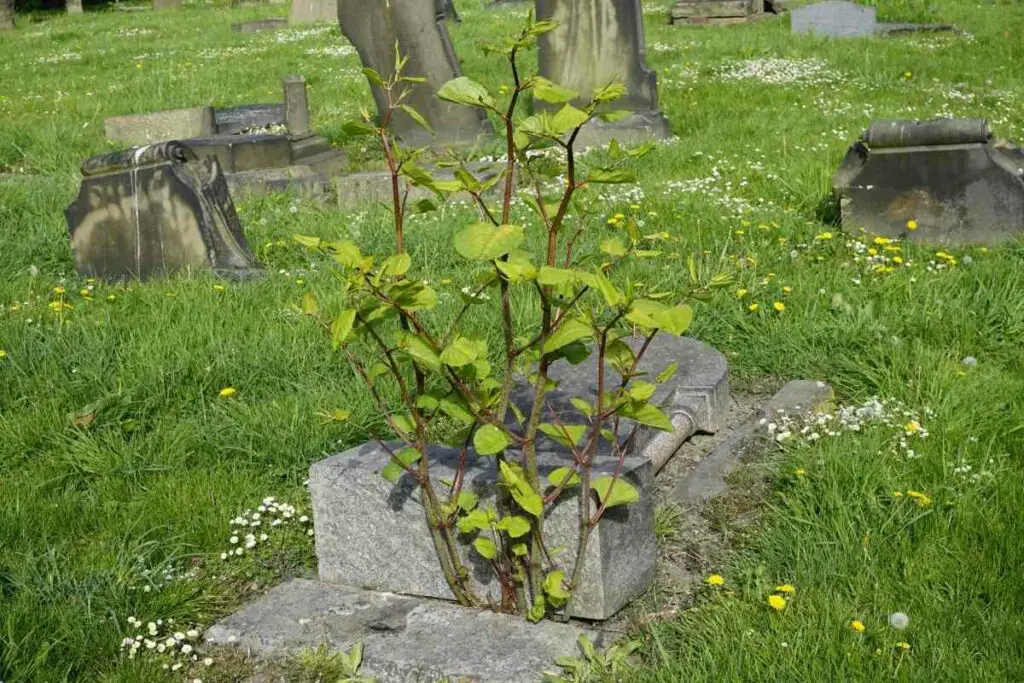
If not controlled, it may lead to the walls collapsing.
Having the weeds on your property also lowers its value, making it difficult to sell it.
Japanese knotweed damage to paths, patios, and driveways
The Japanese knotweed concrete and asphalt damage affects walkways and pavements if they have any faults.
If not eradicated, they continue expanding and break the paved surfaces, making them uneven.
Can Japanese knotweed damage drainage pipes?
Yes. The Japanese knotweed can find its way through drainage pipes and water pipes.
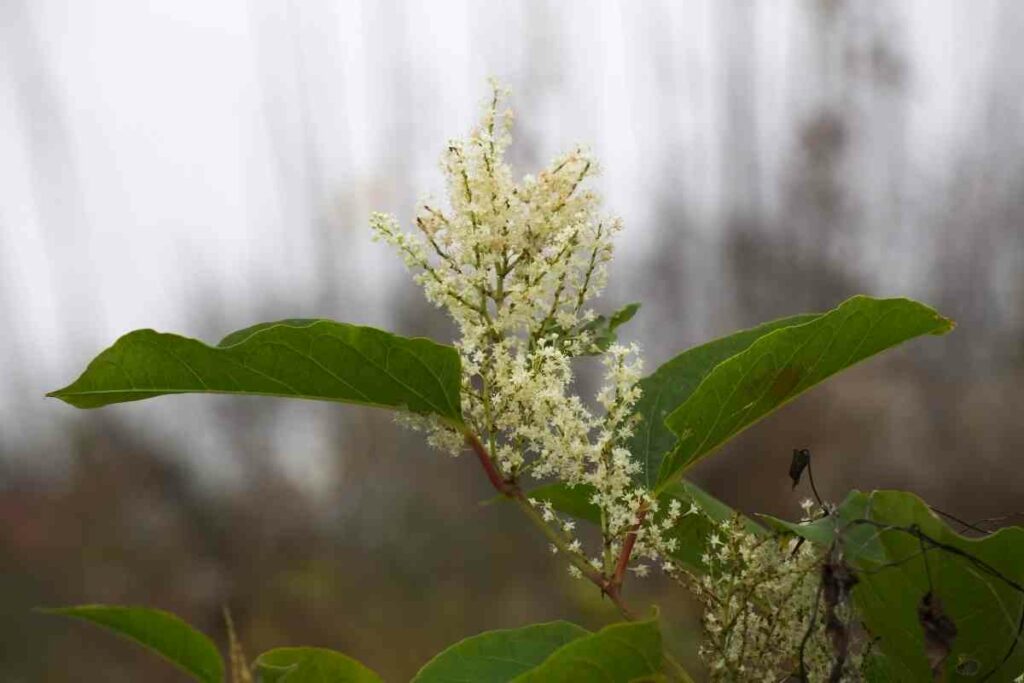
This invasion can cause clogging, widen cracks, or even split the pipe open.
Depending on the Damage: The pipes sometimes have to be replaced. In addition to the drainage damage, the Japanese knotweeds also damage underground electric cables.
How deep do Japanese knotweed roots go?
Japanese knotweeds have deep taproots and an extensive rhizome network that can go up to 3 meters deep into the ground.
Horizontally, the roots can spread to a distance of 7 meters, a factor that intensifies the destruction of infrastructure.
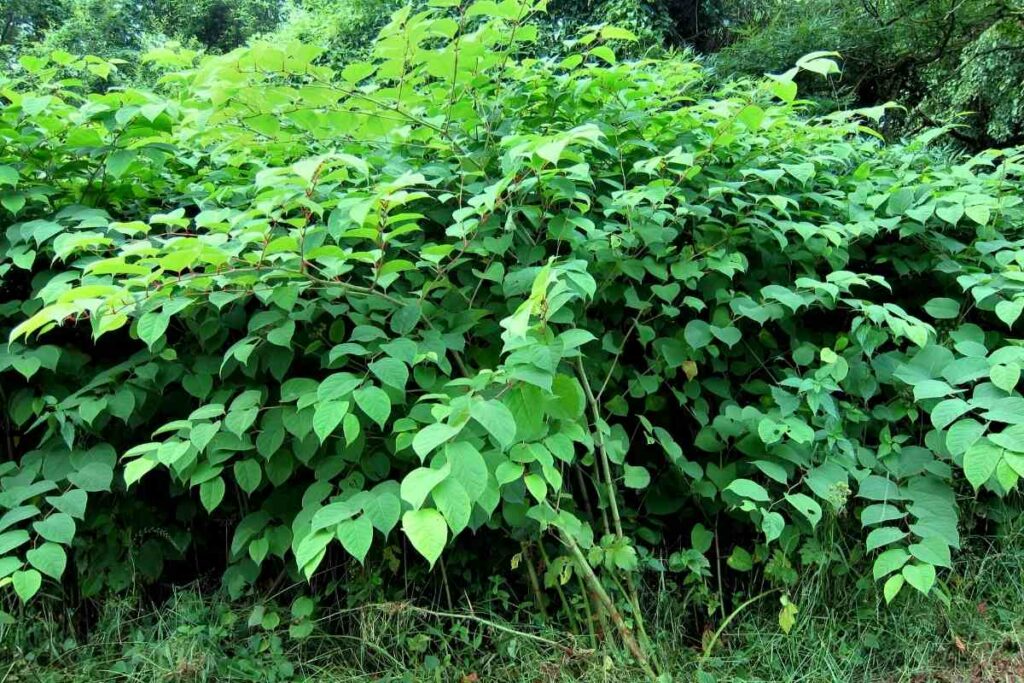
The weed’s growth rate of 10cm per day is another cause of concern that makes it necessary to act quickly and have them under control.
How do I permanently get rid of Japanese knotweed?
Eliminating Japanese knotweeds is not a one-time thing, but one effective method is using glyphosate-based weed killers.
Here is how to go about the eradication process.
Fast and accurate identification
It is best to identify the weeds as soon as possible to start controlling them early.
You should also ensure that you have accurately identified them and not confused them with other weeds or shrubs.
Cut off the weed
Once you have identified the Japanese knotweed, cut it as close to the ground as you can.
This allows it to absorb the glyphosate herbicide readily.
Apply the herbicide
Spray the Japanese knotweeds with the glyphosate concentration, ensuring that it doesn’t reach the surrounding plants.
The other vegetation may also die if they contact the herbicide.
Give the herbicide time
Give the glyphosate weed killer at least seven days to get the knotweed roots.
After that, pull out the weeds, ensuring that you get down to the plants.
Re-apply the herbicide
If you notice any weed regrowth, you can respray the herbicide to that specific spot.
The use of glyphosate is effective over time and not instant.

Combine with other methods
Some of the other ways you can control Japanese knotweed includes:
- Smothering with tarps
- Cutting the weed
- Digging up the roots
Using glyphosate weed killers in combination with these other measures can hasten the elimination of the Japanese knotweed.
When is the ideal time to treat Japanese knotweed?
The best time to use the herbicides on the Japanese knotweed is late summer or early autumn.
During This Time – The plant undergoes flowering, which gives the herbicide access to the rhizome, the plant’s food storage.
Will cutting Japanese knotweed kill it?
Cutting the weed only controls it, but it won’t kill it because the roots remain intact.
It would be best if you accompanied cutting with the use of herbicides.
That said, regular mowing can weaken the plant over time and eventually kill it.
Can I burn Japanese knotweed?
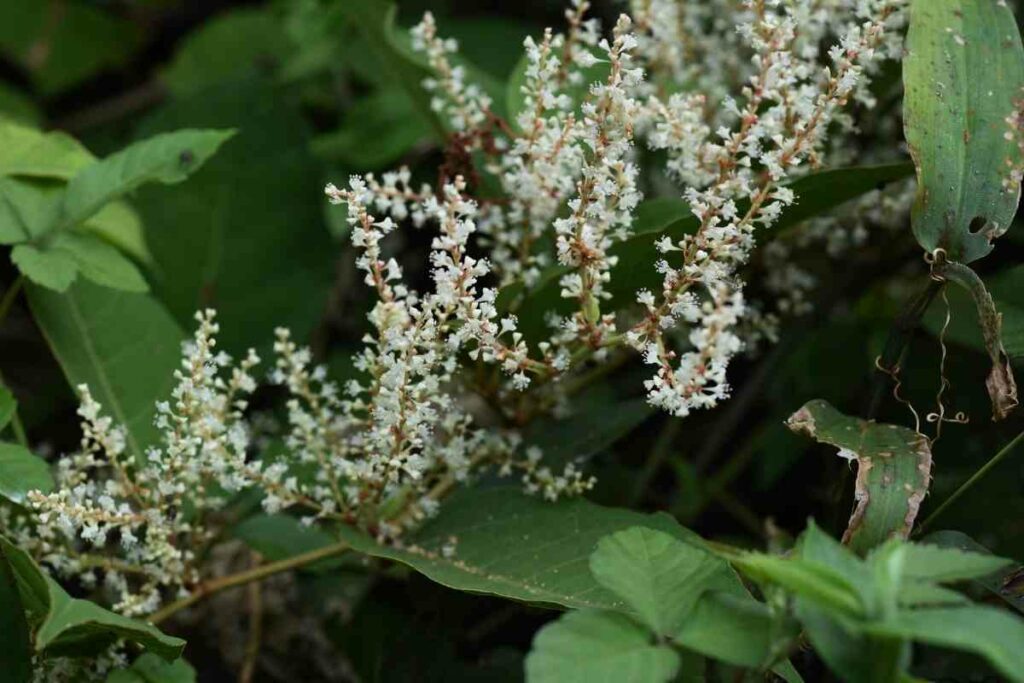
Yes, you can burn the knotweed waste on your land, but you need to dry it out first.
The weed doesn’t burn out well when wet.
However, even after burning, the rhizomes may remain active. It is best to bury them or dispose of them in licensed sites.
Conclusion
Japanese knotweed concrete penetration is possible only if your structure has a point of weakness.
The roots and stems of this plant cannot penetrate a solid structure.
If you find the weed growing on your property, it is best to act as fast as possible before the damage extends further.
Try combining the different control methods for more effective results.
You may also seek the services of professional Japanese knotweed removers who can apply their experience and give the best way forward.
